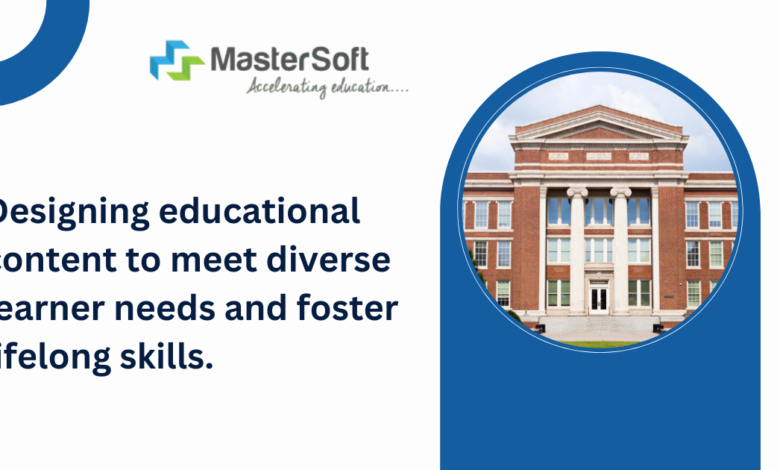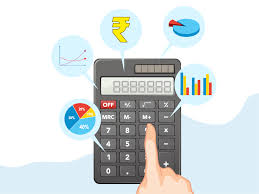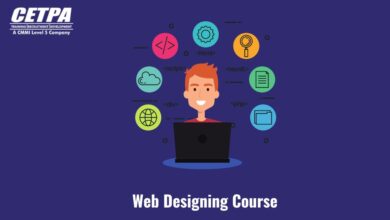Crafting the Learning Journey A Deep Dive into Curriculum Development

The heart of any educational experience lies in its curriculum – the blueprint that guides students on their learning journey. A well-designed curriculum lays the foundation for knowledge acquisition, skill development, and critical thinking. But what goes into crafting such a curriculum? Let’s embark on a journey to explore the intricacies of curriculum development, from identifying learning goals to creating engaging learning experiences.
Unveiling Curriculum Development: A Systematic Approach
Curriculum development is a systematic and purposeful process that involves planning, designing, implementing, and evaluating the educational experiences students will have. It’s not a one-size-fits-all approach; effective curriculums are tailored to the specific needs of the learners, the subject matter, and the educational context.
Core Components: Building Blocks of a Strong Curriculum
Several key components form the backbone of a strong curriculum:
- Learning Goals and Objectives: At the heart of any curriculum lie clearly defined learning goals and objectives. These statements outline what students are expected to know, understand, and be able to do by the end of a course or program. Think of them as the destination points on the learning map.
- Content: The curriculum lays out the specific content students will encounter. This includes factual knowledge, concepts, skills, and values that contribute to achieving the learning goals. The selection of content should be relevant, engaging, and aligned with the overall objectives.
- Learning Activities: Curriculums go beyond simply outlining content. They include a variety of learning activities that encourage students to actively engage with the material. This may involve lectures, discussions, group projects, simulations, experiments, or hands-on activities that allow students to apply their knowledge and develop essential skills.
- Assessment: Assessment plays a crucial role in curriculum development. It allows educators to gauge student understanding, identify areas needing improvement, and inform future instruction. A well-designed curriculum incorporates a variety of assessment methods, including quizzes, essays, projects, and presentations.
Benefits Galore: Why Invest in Curriculum Development?
Investing time and effort into curriculum development yields a multitude of benefits for both educators and students:
- Enhanced Learning Outcomes: A well-developed curriculum ensures students have a clear understanding of learning goals and objectives. Engaging activities and effective assessments help students achieve these goals, leading to improved learning outcomes.
- Meeting Diverse Needs: Curriculum development allows educators to create learning experiences that cater to the diverse needs and learning styles of students. Differentiation strategies can be incorporated to ensure all students have the opportunity to succeed.
- Increased Student Engagement: Engaging learning activities and a well-structured curriculum can spark student curiosity and keep them motivated throughout the learning process. Students take ownership of their learning when they understand the objectives and can track their progress.
- Improved Teacher Effectiveness: Curriculum development guides educators in designing effective instruction. It provides a roadmap for educators, allowing them to select appropriate resources, plan lessons, and tailor their teaching approach to best meet student needs.
- Collaboration and Professional Growth: The curriculum development process can be a collaborative effort involving educators, subject matter experts, and curriculum specialists. This collaboration fosters professional development and leads to the creation of richer learning experiences for students.
Beyond the Basics: Factors to Consider
While the core components provide a solid foundation, several other factors contribute to a robust curriculum:
- Alignment with Standards and Frameworks: Curriculums should align with national or state standards and educational frameworks. These frameworks provide guidelines for learning objectives and ensure consistency across different educational institutions.
- Integration of Technology: Technology can be a powerful tool in curriculum development. Interactive learning platforms, simulations, and online resources can enhance the learning experience and cater to diverse learning styles.
- Relevance and Real-World Connections: Curriculums should strive to be relevant to students’ lives and connect learning to real-world scenarios. This helps students understand the importance of what they are learning and fosters critical thinking skills.
- Regular Review and Revision: The learning landscape is constantly evolving. Effective curriculum development is an ongoing process that necessitates regular review and revision to stay current and meet the evolving needs of students and the changing world.
Conclusion: Shaping the Future of Education
Curriculum development is a dynamic process that plays a pivotal role in shaping the future of education. By investing in the creation of well-designed curriculums, educators can ignite student curiosity, foster a love of learning, and equip them with the knowledge and skills necessary for success in a rapidly changing world.


